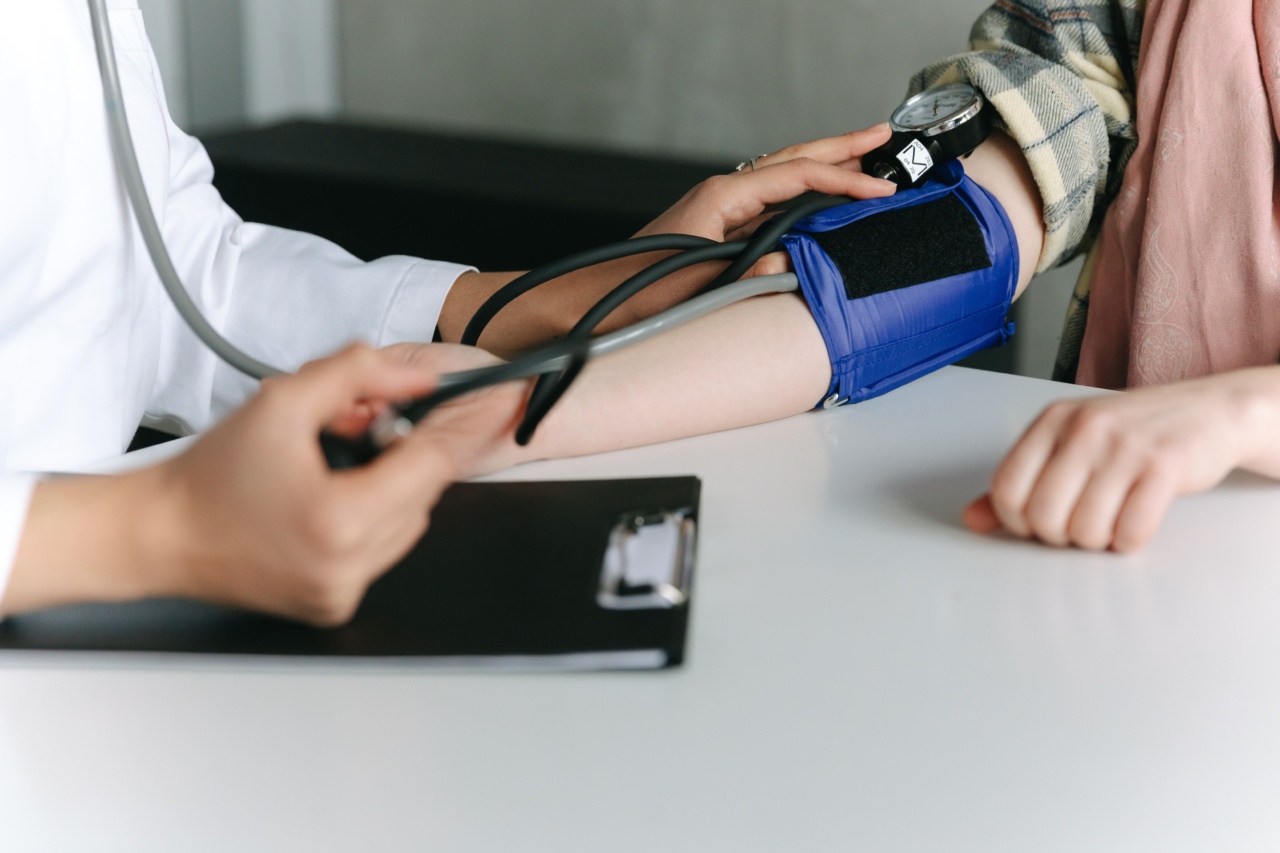Blood pressure is the force of blood pushing against the walls of arteries. High blood pressure (hypertension) is a common health condition that can put you at risk for heart disease, stroke, and other health problems.
Monitoring your blood pressure regularly is crucial to stay healthy and avoid complications. However, not all blood pressure measurements are accurate. If you’re not measuring your blood pressure correctly, you could be getting false readings that can lead to wrong diagnosis and treatment.
In this article, we’ll explore the importance of accurate blood pressure measurements and the common mistakes people make when monitoring their blood pressure.
Why Accurate Blood Pressure Measurements Matters?
Accurate blood pressure measurements are essential for many reasons, including:.
- Detecting high blood pressure: Measuring your blood pressure regularly helps detect if you have high blood pressure or if your blood pressure is increasing over time. High blood pressure is often called a “silent killer” because it usually has no signs or symptoms until it causes serious health problems.
- Monitoring treatment: If you have high blood pressure, monitoring your blood pressure lets you know if your treatment is working. You can adjust your lifestyle changes or medication to help control your blood pressure better.
- Diagnosing other health issues: Blood pressure measurements can also help diagnosis other health issues such as heart problems or kidney disease.
Common Mistakes When Measuring Blood Pressure
While measuring blood pressure may seem straightforward, many people make mistakes that can lead to inaccurate readings. Here are some common mistakes when measuring blood pressure:.
Mistake #1: Not Using Proper Equipment
Using the right equipment is essential to get accurate blood pressure readings. Home blood pressure monitors are widely available in the market, but not all of them are reliable.
You should use a blood pressure monitor that’s been validated for accuracy by the Association for the Advancement of Medical Instrumentation, the British Hypertension Society, or the International Protocol for the Validation of Automated BP Monitoring Devices. Don’t use a monitor that hasn’t been validated.
Mistake #2: Not Using the Right Size Cuff
Using the wrong size cuff can lead to inaccurate blood pressure readings. Cuffs that are too small can cause high readings, while cuffs that are too big can cause low readings. You should use a cuff that fits your arm’s circumference.
Most cuffs come in different sizes, so measure your arm’s circumference to ensure an appropriate fit.
Mistake #3: Not Resting Before the Measurement
Your blood pressure reading can be affected by your activity level and stress level. You should rest quietly for at least 5 minutes before taking your blood pressure.
Avoid taking your blood pressure immediately after exercising, eating, or drinking caffeinated beverages.
Mistake #4: Taking Blood Pressure in the Wrong Position
Your position when measuring blood pressure can impact the reading. You should sit in a chair with your back straight and feet flat on the floor. Don’t cross your legs or sit with your legs hanging.
Your arm should be supported on a table or armrest at the level of your heart. Taking blood pressure in other positions, such as lying down or standing up, can lead to inaccurate readings.
Mistake #5: Not Taking Multiple Readings
Blood pressure can fluctuate throughout the day, depending on your activity level and other factors. Taking multiple readings can help you get a more accurate picture of your blood pressure.
You should take at least two readings, with a one-minute rest between them. Don’t rely on a single reading to make a diagnosis or treatment decision.
Mistake #6: Not Recording Your Readings
Recording your blood pressure readings is essential to track any changes over time. Use a notebook or an app to record your blood pressure readings along with the date and time. Show your readings to your doctor during your next visit.
They can help you interpret the results and make any necessary adjustments to your treatment plan.
Conclusion
Measuring your blood pressure accurately is crucial to maintain good health and avoid serious health problems.
Make sure you’re using the proper equipment, using the right size cuff, resting before the measurement, taking readings in the right position, taking multiple readings, and recording your results. If you’re unsure how to measure your blood pressure correctly, consult with your healthcare provider.





























